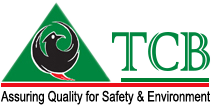Dr Kaoru Ishikawa
Quality Gurus
Few Exceptional people in the world has left legacy of their work in the field of Quality .Their work has profoundly impacted our lives and industrial world. We dedicate this page to humbly acknowledge and commemorate their contribution.
ISO 9001:2015 standard reflects their contribution almost in every clause which has elevated Quality Standard in the whole world, helped create better organization . better quality product, better quality people and a better Quality Nations
We commit ourselves to take the messages of these great people in their purest form to the future generation professional for creating a better world
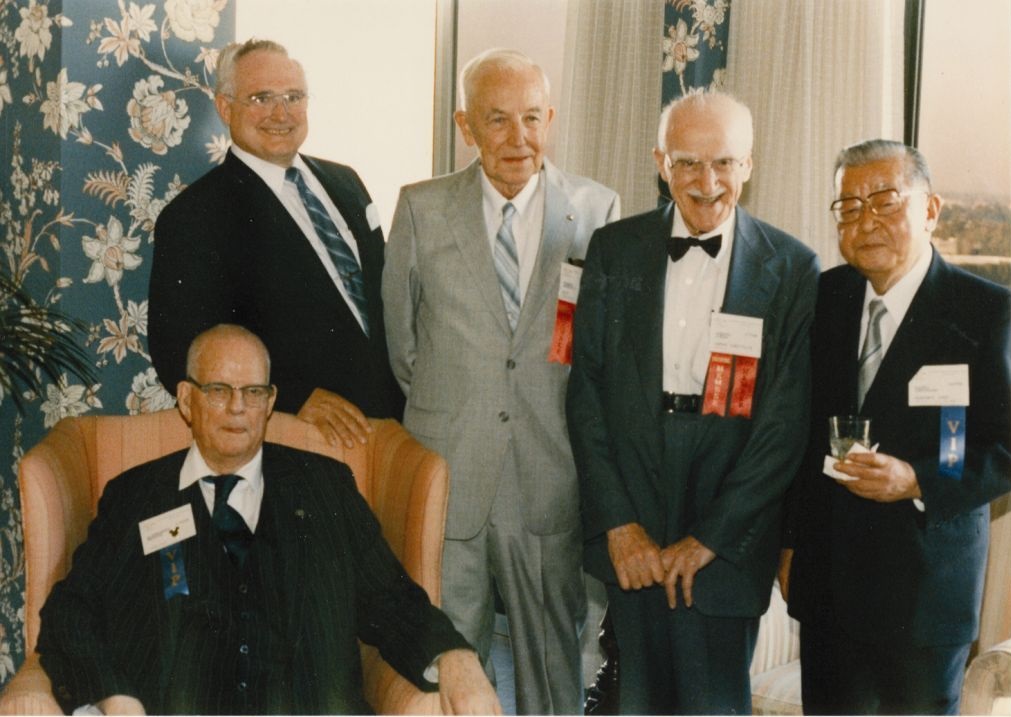
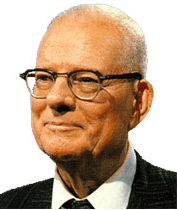
Dr. William Edwards Deming
William Edwards Deming was born on October 14, 1900 .He was an American engineer, statistician, professor, author, lecturer, and management consultant. He popularized Dr. Shewhart’s PDCA (Plan-Do-Check-Act)..He is best known for his work in Japan after WWII, particularly his work with the leaders of Japanese industry. The highest quality award in Japan, the first of its kind in the world is named after him to commemorate Dr Deming’s contribution to Japan and administered by The Union of Japanese Scientists and Engineers (JUSE)
Dr. Deming developed his complete philosophy of management, which he encapsulated into his “fourteen points” ,14 key principles for management to follow for significantly improving the effectiveness of a business or organization. The points were first presented in his book Out of the Crisis. Below is the condensation of the 14 Points for Management as they appeared in the book.
1. Create constancy of purpose toward improvement of product and service, with the aim to become competitive and to stay in business, and to provide jobs.
2. Adopt the new philosophy. We are in a new economic age. Western management must awaken to the challenge, must learn their responsibilities, and take on leadership for change.
3. Cease dependence on inspection to achieve quality. Eliminate the need for inspection on a mass basis by building quality into the product in the first place.
4. End the practice of awarding business on the basis of price tag. Instead, minimize total cost. Move toward a single supplier for any one item, on a long-term relationship of loyalty and trust.
5. Improve constantly and forever the system of production and service, to improve quality and productivity, and thus constantly decrease costs.
6. Institute training on the job.
7. Institute leadership . The aim of supervision should be to help people and machines and gadgets to do a better job. Supervision of management is in need of overhaul, as well as supervision of production workers.
8. Drive out fear, so that everyone may work effectively for the company .
9. Break down barriers between departments. People in research, design, sales, and production must work as a team, to foresee problems of production and in use that may be encountered with the product or service.
10. Eliminate slogans, exhortations, and targets for the work force asking for zero defects and new levels of productivity. Such exhortations only create adversarial relationships, as the bulk of the causes of low quality and low productivity belong to the system and thus lie beyond the power of the work force.
-Eliminate work standards (quotas) on the factory floor. Substitute leadership.
-Eliminate management by objective. Eliminate management by numbers, numerical goals. Substitute leadership.
11. Remove barriers that rob the hourly worker of his right to pride of workmanship. The responsibility of supervisors must be changed from sheer numbers to quality.
12. Remove barriers that rob people in management and in engineering of their right to pride of workmanship. This means, inter alia, abolishment of the annual or merit rating and of management by objective (see Ch. 3).
13. Institute a vigorous program of education and self-improvement.
14.Massive training is required to instill the courage to break with tradition. Every activity and every job is a part of the process.
Famous Quotes:
1. “It is not enough to do your best; you must know what to do, and then do your best.”
3. “If you can’t describe what you are doing as a process, you don’t know what you’re doing.”
4. “Profit in business comes from repeat customers, customers that boast about your project or service, and that bring friends with them.”
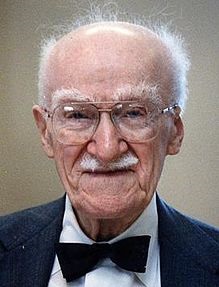
Dr. Joseph M Juran
Dr.Joseph M Juran was born in Romania, December 24, 1904. Juran graduated in 1924, with a bachelor’s degree in electrical engineering from the University of Minnesota, USA He was a management consultant and an evangelist for quality and quality management, .His work has profound impact in today’s Quality management and ISO 9001 standard. He was author of several books on Quality. Dr Juran died in 2008 at the age of 103. Dr. Juran consulted many leading organizations in the world, some of them include : Rolls-Royce , Toyota Motors, Volkswagen, Royal Dutch Shell , OTIS Elevator , Xerox. A truly international Leader in Quality.
Dr. Juran focused on Management elements for managing quality. He placed huge emphasis on Training particularly in the top and middle management level.
Dr. Juran was one of the earliest management consultant who spoke on the Cost of Poor Quality. He is gave us the famous “quality trilogy” which is comprised of Quality Planning, Quality Improvement, and Quality Control.
Few Famous Quotes:
1. “Every successful quality revolution has included the participation of upper management. We know of no exceptions.”
2. “It is most important that top management be quality-minded. In the absence of sincere manifestation of interest at the top, little will happen below.”
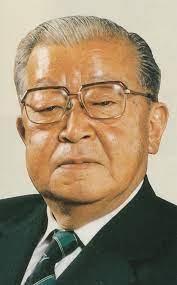
Dr Kaoru Ishikawa
Dr. Kaoru Ishikawa (July 13, 1915 – April 16, 1989) was a Japanese Quality Guru. A renowned Professor at the Faculty of Engineering in The University of Tokyo, He was a key figure in the development of quality initiatives in Japan and noted for his quality management innovations particularly the quality circle .Dr. Ishikawa developed the Ishikawa diagram, also known as the fishbone or cause-effect diagram which is often used in the analysis of industrial processes and determining root causes of problems.
He was known for popularizing the seven basic tools of quality and the philosophy of total quality
The seven tools are
- Cause-and-effect diagram (also known as the “fishbone” or Ishikawa diagram)
- Check sheet
- Control chart
- Histogram
- Pareto chart
- Scatter diagram
- Flow chart or Run chart
